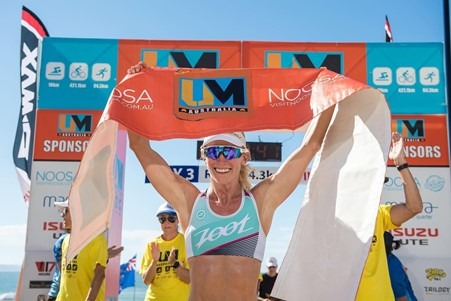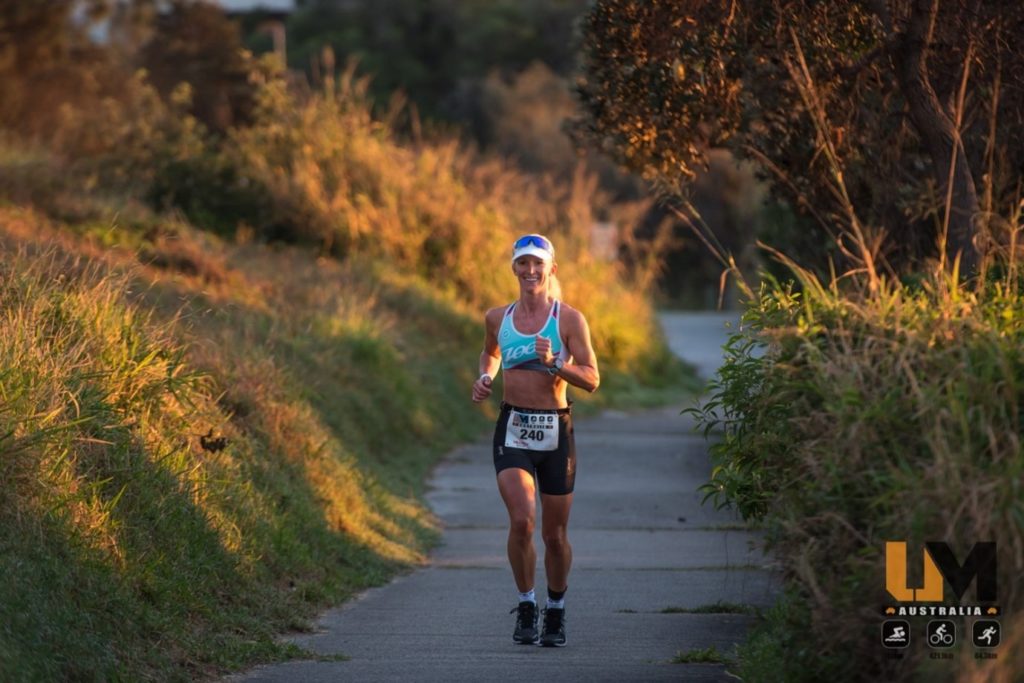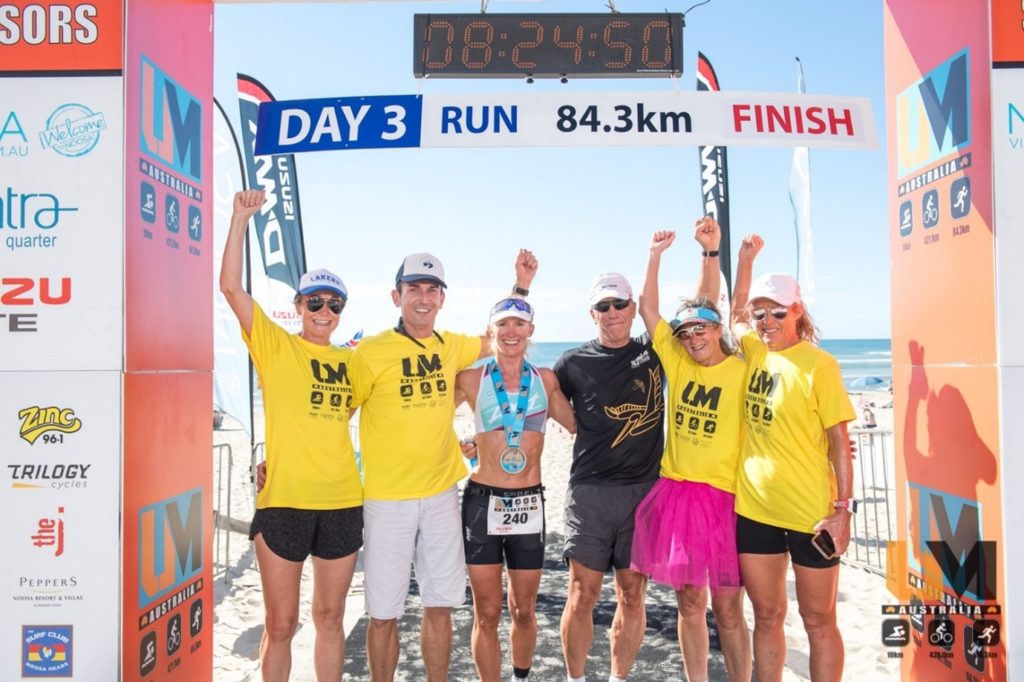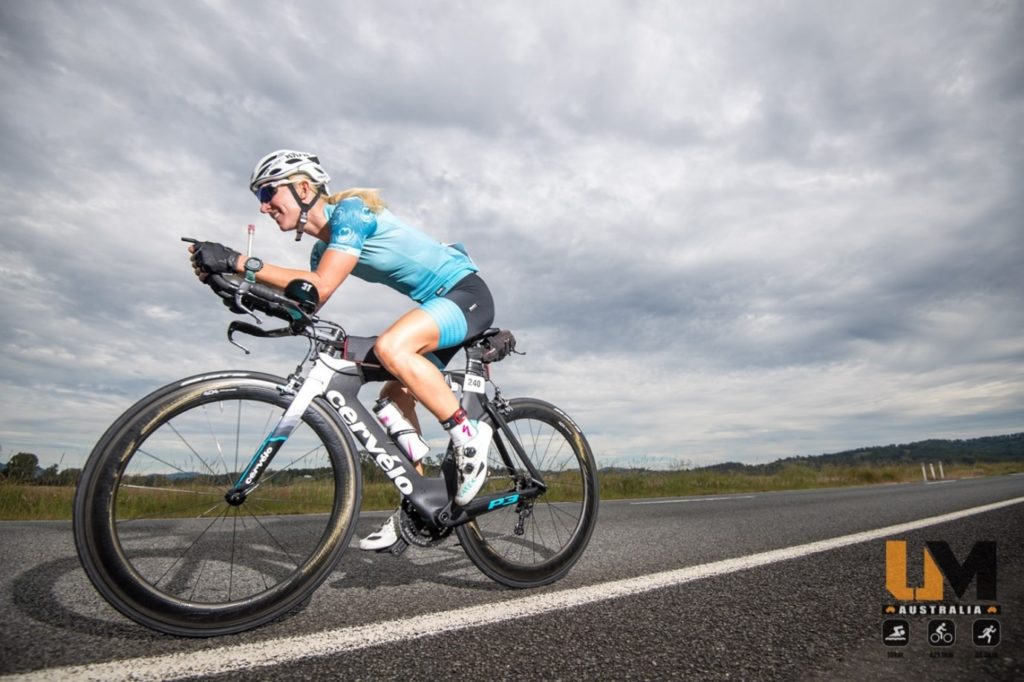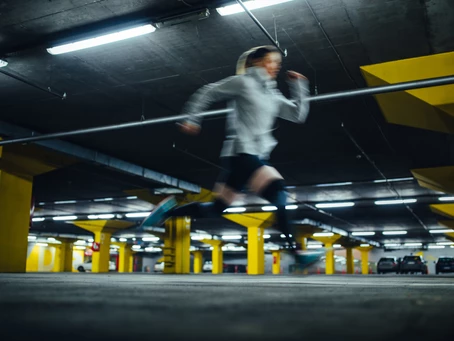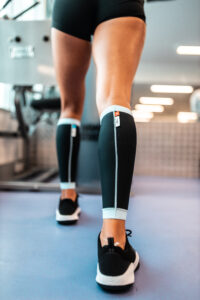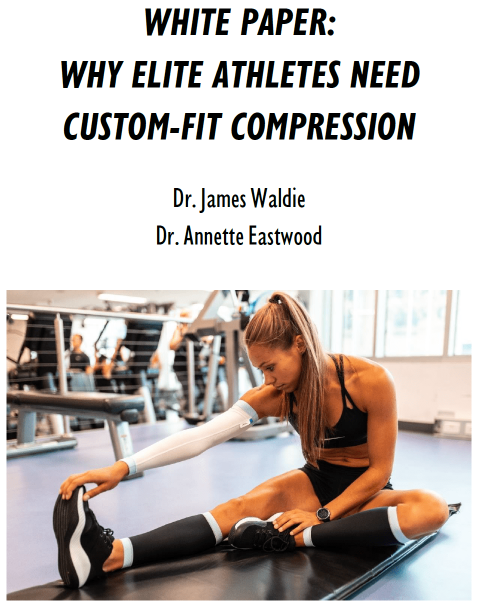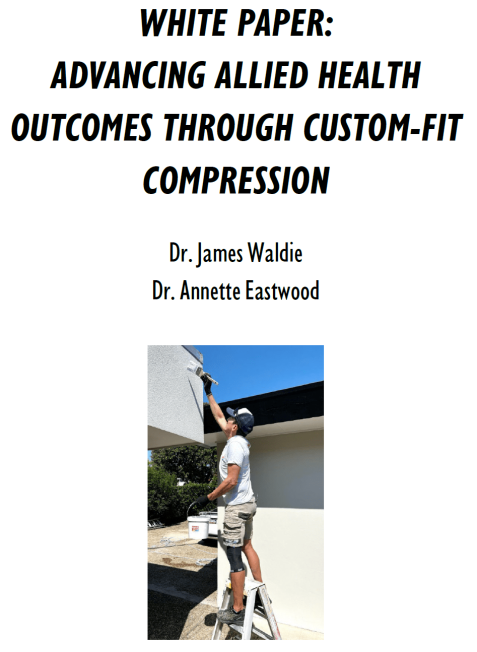CAPE Physiologist Dr Annette Eastwood caught up with Shane O’Riordan to discuss his research in compression. Shane who is originally from Ireland, has spent the last 3 years as a PhD Scholar at the Australian Institute of Sport / Victoria University, researching the benefits of compression for elite athletes. Prior to his PhD Scholarship at the AIS, Shane spent time working at Central Michigan University and also High Performance Sport New Zealand.
AE: What sparked your interest in compression and your desire to research this for your PhD?
Whilst at Central Michigan University in the USA, I was working with Women’s soccer, NCAA Division 1. I was responsible for monitoring training, readiness to play, going to games, and doing GPS analysis. It was a great experience as I was fully embedded within the team. From September to November, they had games almost every Friday and Sunday, and therefore quick recovery was very important. This was something I found really interesting, and I started learning more about recovery, and looked into ice baths and compression. I started looking for a PhD opportunity related to recovery and saw a PhD collaboration with AIS and Victoria University. I was successful in getting that position and started at the end of August 2017. The topic was sports compression garments for exercise performance and recovery. This was quite open ended and it was up to me to find detailed research questions.
AE: Can you tell us about your PhD research?
There are three areas of my research. The first study compared different types of compression garments – tights, shorts and socks – and their effect of various blood flow measurements. The tights were most effective in improving overall lower-limb blood flow. The socks were effective in improving calf and popliteal vein flow, and shorts on the thigh and femoral vein, but tights improved flow in all areas and to higher amounts.
The next study involved using tights after a lower body resistance training session. The tights were worn for 4 hours after training, and we monitored blood flow. Previously there had not been any research into blood flow in the first 4 hours after exercise. We saw that blood flow was enhanced with the compression tights after exercise, as well as performance indices such as countermovement jump, and isometric mid-thigh pull and perceptual measures of soreness. We also aimed to test whether the outcomes were due to the placebo effect, so along with the control group we also had a placebo group. This is difficult as you can feel the compression. So we designed a study where we gave each participant an information sheet, explaining that they would receive a supplement that enhanced blood flow. Compression was found to be better for recovery compared to control and placebo groups.
I was also involved in another study with Deakin University, where we looked at microvascular blood flow. We saw a decrease in microvascular flow, even though there was an increase in femoral artery blood flow. So that was very interesting in terms of nutrient delivery to the muscle and potential implication for recovery and training adaptations.
AE: Which athletes in particular have you used compression garments with?
Soccer players during my time at Central Michigan University, and also the centre of excellence and NBA global academy Men’s basketball players at the AIS. I provided recommendations for exercise recovery, travel scheduling to minimise jet lag/travel fatigue and ways to improve sleep. Also Gaelic games including Hurling and Football, as that is my sporting background.
AE: What are your thoughts on customised compression v off the shelf?
In terms of applying pressure, customised appears to be more beneficial as highlighted in a number of studies recently. The anthropometric differences in athletes with similar height and weight metrics mean customised compression is helpful in achieving adequate pressure.
AE: How should elite athletes approach compression?
Definitely it should be part of their toolbox after exercise for recovery, and that is the key reason for compression. In terms of the time frame for wearing compression garments, I would recommend wearing them as long as you can, but don’t let them compromise sleep. One basketballer I worked with, wore them all night, but his sleep was bad! Calf sleeves can be better and more comfortable for sleep, especially with comfort and temperature. Based on my research, I would recommend using compression to recover acutely, but not all the time. You may need the body to adapt naturally, so perhaps use compression during competition and the playing season, perhaps less in off season. Compression garments are also beneficial for travel.
AE: Where do you see the future of compression research heading?
I would say longitudinal monitoring of athletes wearing compression garments to see if there is any difference in training adaptations over time. Also research into upper body garments for sports like kayaking, and also for wheelchair athletes. There is much less research on these garments. I’m also interested in studies that determine the gain of custom-fit garments vs standard-fit, and being able to explore other benefits of more accurate compression.
AE: What’s the next step for you?
I’m submitting my PhD in a few weeks. I’d prefer to continue with research, especially as we couldn’t do some studies due to COVID. Research has shown that cold water immersion can dampen responses to training, so I’d like to do that final study to determine the effect of regularly wearing compression on training adaptations.
